- No products in the cart.

Cefepime powder for solution for injection 1g vial 1 piece
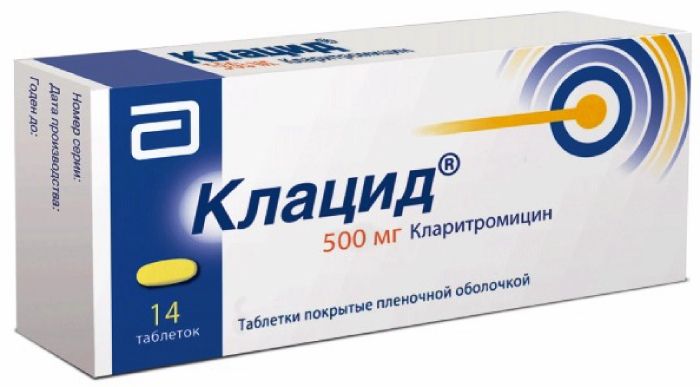
Klatsid tab n / 500mg film about 14 pc
$17.88

Ceftriaxone biochemist powder for solution for injection vial 1 piece 1d sol. 5ml ampoules 2 pcs
$4.71
$2.28
Cefepime powder for solution for injection 1g vial 1 piece
SKU: 02017967895 Categories: Antibiotics, Antibiotics, antimicrobial, antiparasitic, Medicaments Tags: antibiotics, Russia
Description
Composition
Active substance:
1 vial contains: cefepime hydrochloride monohydrate, based on cefepime – 1.0 g
Excipients:
L-arginine – 0.73 g
Product form:
Powders for injection.
Contraindications
Hypersensitivity to cefepime, the drug, other cephalosporins, penicillins, other beta-lactam antibiotics, children under the age of 2 months (for intravenous administration), children up to 12 years (for intramuscular injection), the period of lactation.
Carefully.
Diseases of the gastrointestinal tract (including history), especially colitis, regional enteritis, or antibiotic-associated colitis, severe chronic renal failure.
Indications
Infectious and inflammatory diseases caused by microorganisms susceptible to cefepime: Pneumonia (moderate to severe) caused by Streptococcus pneumoniae (including cases with concurrent bacteremia Association), Pseudomonas aeruginosa, Klebsiella pneumoniae or Enterobacter spp.
Febrile neutropenia (empirical therapy).
Complicated and uncomplicated urinary tract infections (including pyelonephritis) caused by Escherichia coli, Klebsiella pneumoniae, Proteus mirabilis;
Uncomplicated skin and soft tissue infections caused by Staphylococcus aureus (only metitsillinchuvstvitelnye strains), Streptococcus pyogenes;
Complicated intra-abdominal infections (in combination with metronidazole) caused by Escherichia coli, Klebsiella pneumoniae, Pseudomonas aeruginosa, Enterobacter spp.
Interaction with other drugs
Pharmaceutically compatible with other antimicrobial drugs and heparin.
Diuretics reduce the tubular secretion of cefepime and increase its concentration in the blood serum, prolong the half-life, increase the nephrotoxicity (increased risk of nefronekroza).
Nonsteroidal anti-inflammatory drugs, slowing down the excretion of cephalosporins, increase the risk of bleeding.
Incompatible with a solution of metronidazole (metronidazole solution prior to administration for the prevention of infection during surgery should be rinsed infusion system of cefepime solution).
Increases nephrotoxicity and ototoxicity of aminoglycosides.
Overdose
Symptoms (occur more frequently in patients with chronic renal failure): seizures, encephalopathy, neuromuscular stimulation.
Treatment: hemodialysis and symptomatic therapy.
pharmachologic effect
Pharmacological group:
Antibacterials.
Pharmacodynamics:
The antibacterial agent of cephalosporin IV generation. Bactericidal effect, disrupting the synthesis of cell walls of microorganisms. It has a broad spectrum of activity against gram-positive and gram-negative bacteria strains resistant to aminoglycosides and / or III generation cephalosporin antibiotics. It is highly resistant to hydrolysis by most beta-lactamases and quickly penetrates the gram-negative bacterial cells. Inside the bacterial cells is a molecular target of penicillin binding proteins.
Active in vivo and in vitro against Gram-positive aerobes: Staphylococcus aureus (only metitsillinchuvstvitelnye strains), Streptococcus pneumoniae, Streptococcus pyogenes (Group A), Streptococcus group viridans; Gram-negative aerobes: Enterobacter spp, Escherichia coli, Klebsiella pneumoniae, Proteus mirabilis, Pseudomonas aeruginosa..
In vitro active (but the clinical significance is unknown) against Gram-positive aerobes: Staphylococcus epidermidis (metitsillinchuvstvitelnye strains only), Staphylococcus saprophyticus, Streptococcus agalactiae (Group B); Gram-negative aerobes: Acinetobacter lwoffii, Citrobacter diversus, Citrobacter freundii, Enterobacter agglomerans, Haemophilus influenzae (including strains that produce beta-lactamase), Hafnia alvei, Klebsiella oxytoca, Moraxella catarrhalis (including strains that produce beta-lactamase), Morganella morganii, Proteus vulgaris , Providencia rettgeri, Providencia stuartii, Serratia marcescens.
Most strains of Enterococcus spp., Including Enterococcus faecalis, methicillin-resistant Staphylococcus, Stenotrophomonas maltophilia (formerly known as Xanthomonas maltophilia and Pseudomonas maltophilia), Clostridium difficile are not susceptible to cefepime.
Pharmacokinetics:
Bioavailability – 100%. Time to maximum concentration after intravenous and intramuscular injection at a dose of 0.5 g – the end of infusion 1 – 2 h, respectively. Maximum concentration when administered intramuscularly in doses of 0.5, 1 and 2 g – 14, 30 and 57 mcg / ml respectively; when administered intravenously at doses of 0.25, 0.5, 1 and 2 g – 18, 39, 82 and 164 .mu.g / ml, respectively; the average time to reach a therapeutic concentration in plasma – 12 hours; average therapeutic concentration when administered intramuscularly – 0.2 g / ml, when administered intravenously – 0.7 ug / ml. High concentrations are determined in the urine, bile, peritoneal fluid, blister exudate, bronchial mucous secretions, sputum, prostate, gallbladder and appendix. The volume of distribution – 0.25 l / kg in children from 2 months to 16 years – 0.33 l / kg. Relationship to plasma proteins – 20%. It is metabolized in the liver and kidneys 15%. The half – 2 hours total clearance – 120 ml / min, renal clearance – 110 ml / min. Excreted by the kidneys (by glomerular filtration unaltered – 85%) with breast milk. The half of the hemodialysis – 13 hours with continuous peritoneal dialysis – 19 hours.
Pregnancy and breast-feeding
Use of the drug during pregnancy is possible only in cases where the potential benefit to the mother outweighs the risk to the fetus.
If necessary, the appointment during lactation breastfeeding should be suspended.
Conditions of supply of pharmacies
On prescription.
side effects
Allergic reactions: skin rash (including erythematous rash), itching, fever, anaphylactoid reactions, anaphylactic shock, false positive Coombs, eosinophilia, exudative erythema multiforme (including Stevens-Johnson syndrome), toxic epidermal necrolysis (Lyell’s syndrome).
Local reactions: when administered intravenously – phlebitis, intramuscular injection – redness and tenderness at the injection site.
From the nervous system: headache, dizziness, insomnia, paresthesia, anxiety, confusion, seizures, encephalopathy.
With the genitourinary system: vaginitis.
From the urinary system: renal dysfunction.
From the digestive system: diarrhea, nausea, vomiting, constipation, abdominal pain, dyspepsia, pseudomembranous colitis.
From the hematopoietic organs: anemia, thrombocytopenia, leukopenia, neutropenia, pancytopenia, hemolytic anemia, bleeding, increased prothrombin time or the partial thromboplastin time.
The respiratory system: cough.
Cardio-vascular system: tachycardia, dyspnea, peripheral edema.
Laboratory indicators: reduction of hematocrit, increased prothrombin time, increasing concentrations of urea, hypercreatininemia, hypercalcemia, increased activity of “liver” transaminases and alkaline phosphatase, hyperbilirubinemia.
Other: sore throat, chest pain, changes in taste, increased sweating, back pain, asthenia, superinfection development of oropharyngeal candidiasis.
special instructions
At occurrence of pseudomembranous colitis with diarrhea prolonged stop receiving vancomycin and administered (orally) or metronidazole.
Possible cross-hypersensitivity in patients with allergic reactions to penicillins.
When concomitant severe renal and hepatic insufficiency regularly determine the concentration of drug in plasma (dose correction is carried out depending on creatinine clearance).
Prolonged treatment requires regular monitoring of peripheral blood indicators of the functional state of the liver and kidneys.
When mixed aerobic-anaerobic infection to identify agents suitable combination with drugs active against anaerobes.
Patients who from a remote site of infection occur meningeal dissemination, suspected meningitis or meningitis diagnosis is confirmed, it is necessary to appoint an alternative antibiotic confirmed for this situation, the clinical efficiency.
Possible to detect false positive Coombs test, false-positive test for glucose in urine.
Effects on ability to drive vehicles and management mechanisms.
In the period of treatment should refrain from driving motor vehicles and activities potentially hazardous activities that require high concentration and psychomotor speed reactions.
Storage conditions
In a dry, dark place at a temperature not higher than 25 ° C.
Dosing and Administration
Intravenous infusion (for at least 30 minutes) or intramuscularly (only in complicated or uncomplicated infections, urinary tract mild to moderate severity caused by Escherichia coli).
Pneumonia (moderate to severe) caused by Streptococcus pneumoniae (including cases with concurrent bacteremia Association), Pseudomonas aeruginosa, Klebsiella pneumoniae or Enterobacter spp. : 12 g intravenously every 12 hours for 10 days.
Febrile neutropenia (empirical therapy): 2 g intravenously every 8 hours for 7 days or until resolution of neutropenia.
Complicated or mild uncomplicated urinary tract infections and severe induced Escherichia coli, Klebsiella pneumoniae, Proteus mirabilis: intravenously or intramuscularly (for infections caused by Escherichia coli) in 0.5 – 1 g every 12 hours for 7 – 10 days.
Severe complicated or uncomplicated urinary tract infections (including pyelonephritis) caused by Escherichia coli or Klebsiella pneumoniae: 2 g intravenously every 12 hours for 10 days.
Moderate and severe skin and soft tissue infections caused by Staphylococcus aureus (only metitsillinchuvstvitelnye strains), Streptococcus pyogenes: 2 g intravenously every 12 hours for 10 days.
Complicated intra-abdominal infections (in combination with metronidazole) caused by Escherichia coli, Klebsiella pneumoniae, Pseudomonas aeruginosa, Enterobacter spp. : 2 g intravenously every 12 hours for 7 – 10 days.
In children from 2 months to 16 years and with body weight of 40 kg the recommended dosing regimen for all indications (except febrile neutropenia) – 50 mg / kg intravenously every 12 hours; febrile neutropenia – 50 mg / kg every 8 hours. The duration of treatment in adults.
In chronic renal failure, the dose administered depending on the severity of the infection and creatinine clearance (CC): more than 60 ml / min – 0.5 – 12 g every 12 hours, or 2 grams every 8 hours, QC 30 – 60 ml / min – 0.5 – 12 g every 24 hours or 2 g every 12 hours with CC 11 – 29 ml / min – 0,5-1-2 g every 24 hours, less than 11 ml / min – 0.25 – 0.5 – 1 g every 24 hours; continuous ambulatory peritoneal dialysis – 0.5 – 1 – 2 g every 48 hours. Patients who are on hemodialysis, in the 1 st day is administered 1 g, followed by 0.5 g every 24 hours for all infections and 1 g every 24 hours for the treatment of febrile neutropenia. On the day of hemodialysis, the drug is administered after hemodialysis; desirable to administer cefepime every day at the same time. The data on the drug administration in children with chronic renal failure attendant is not available, however, considering the similarity of pharmacokinetics in children and in adults, dosing regimen (dose reduction or increase in the interval between doses) in children with chronic renal failure with similar dosing regime in adults.
The preparation of injectable solutions.
For preparation of a solution for intravenous administration of drug (1.0 g) was dissolved in 10 ml of sterile water for injection, 5% dextrose or 0.9% sodium chloride solution.
For intravenous infusion, the prepared solution is combined with other solutions for intravenous infusion (0.9% sodium chloride, 5% or 10% dextrose solution, lactated Ringer’s and 5% Dextrose; the maximum concentration 40 mg / ml) and administered over at least 30 minutes.
For preparation of a solution for intramuscular injection preparation (1.0 g) was dissolved in 2.4 ml of sterile water for injection, 0.9% sodium chloride solution, bacteriostatic water for injection with parabens or benzyl alcohol, 0.5% or 1% lidocaine hydrochloride solution.
Information
Appearance may differ from that depicted in the picture. There are contraindications. You need to read the manual or consult with a specialist
Additional information
| Weight | 0.100 kg |
|---|---|
| Manufacturer | Russia |


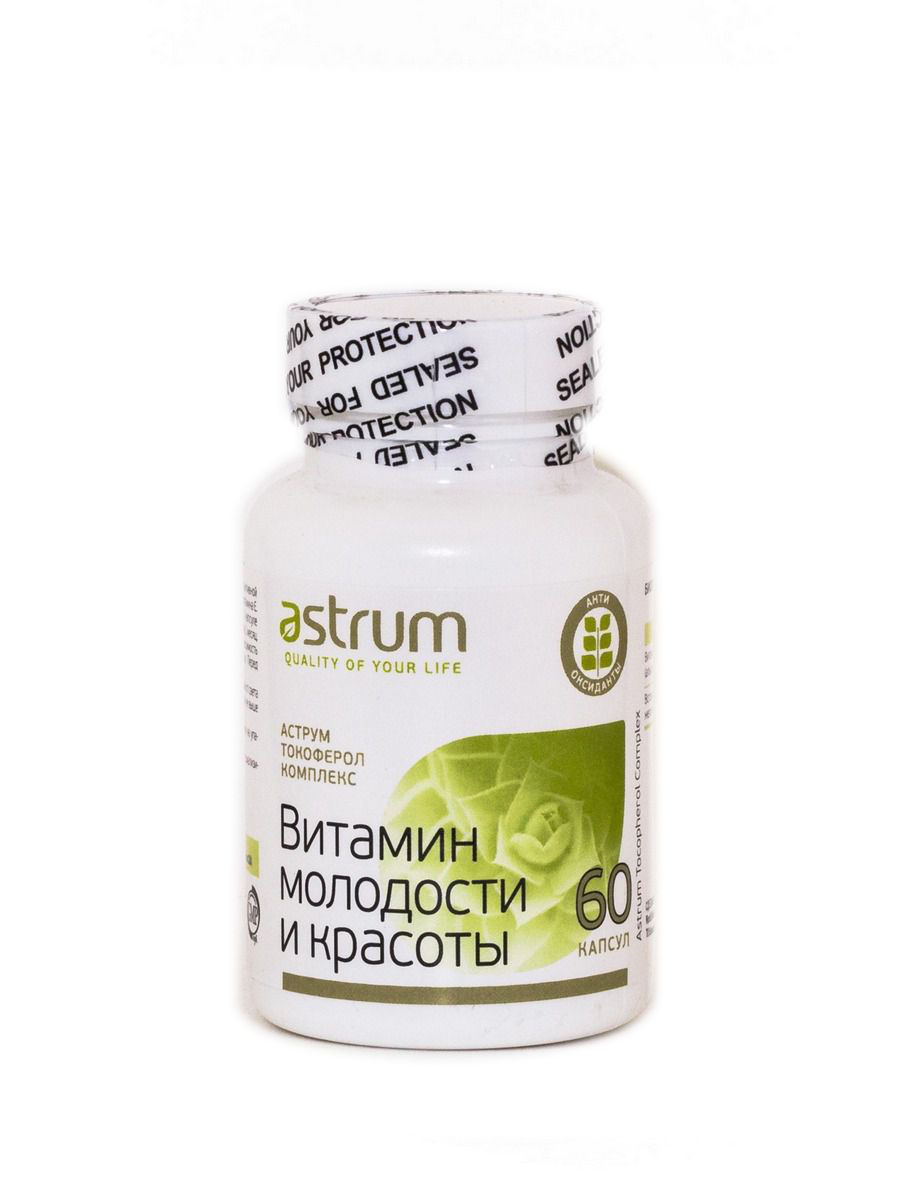
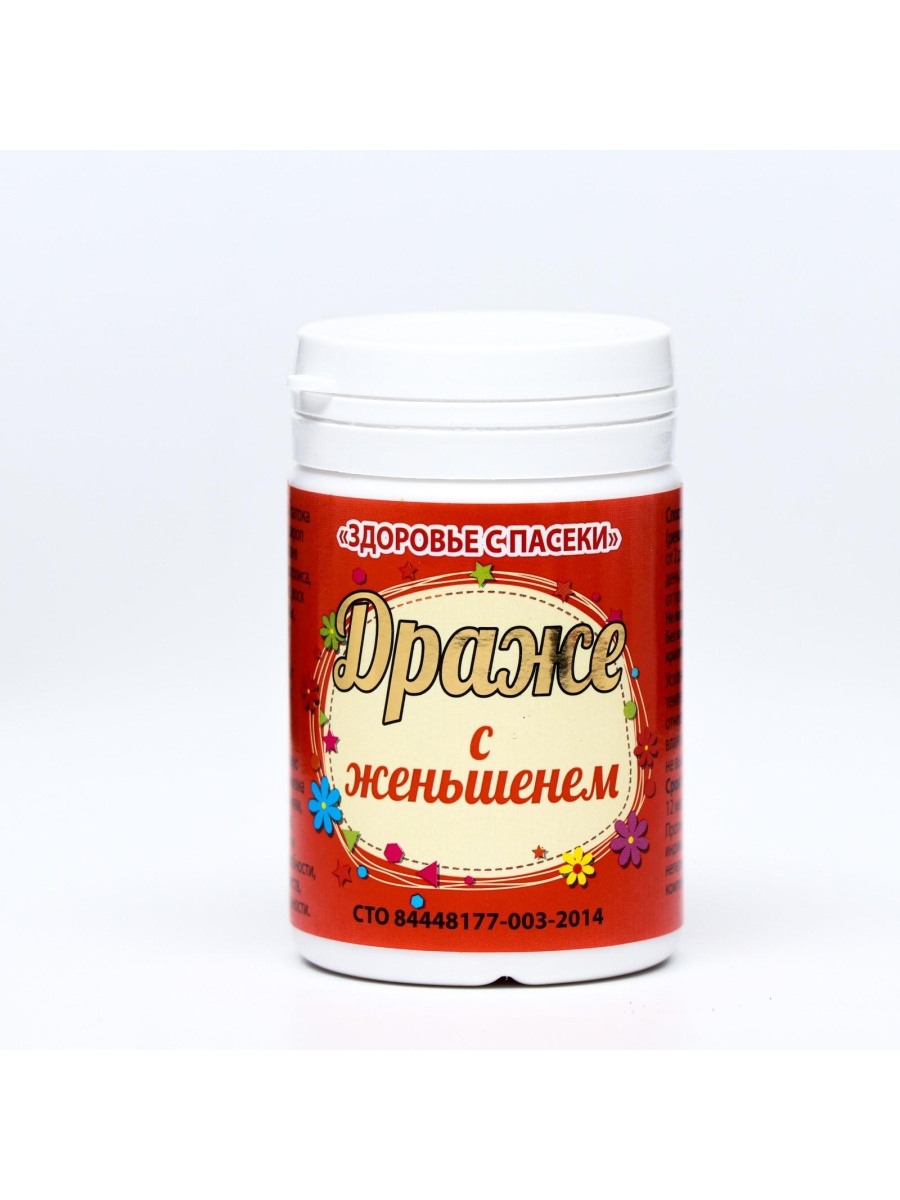

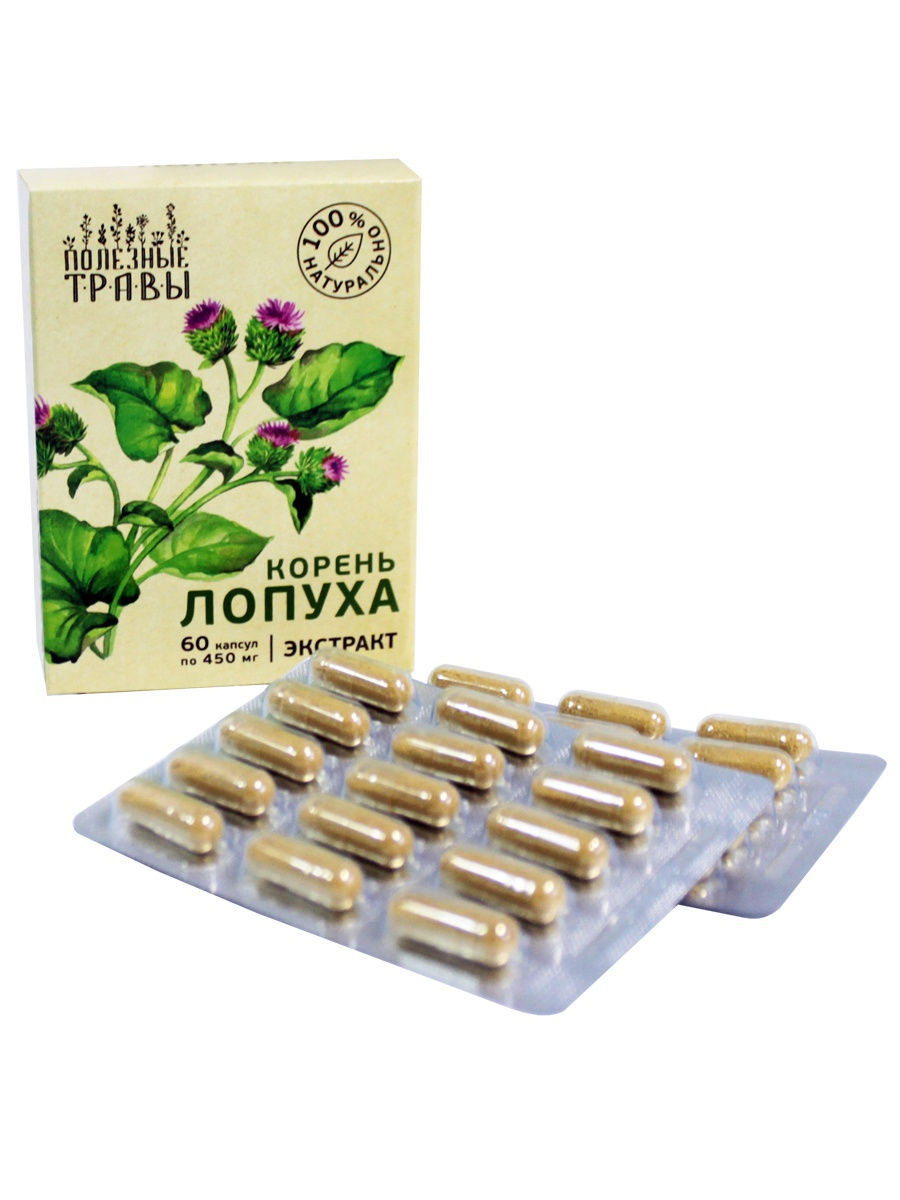
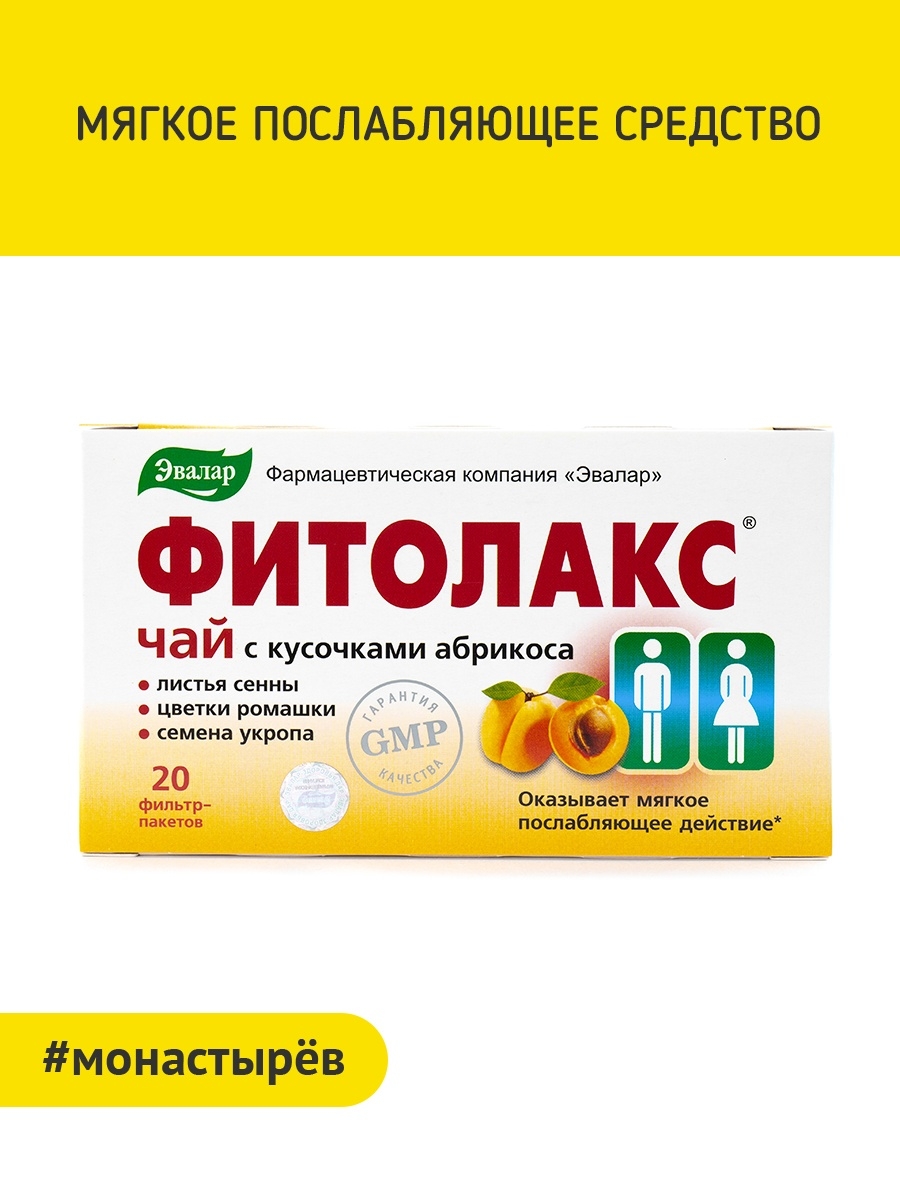




There are no reviews yet.